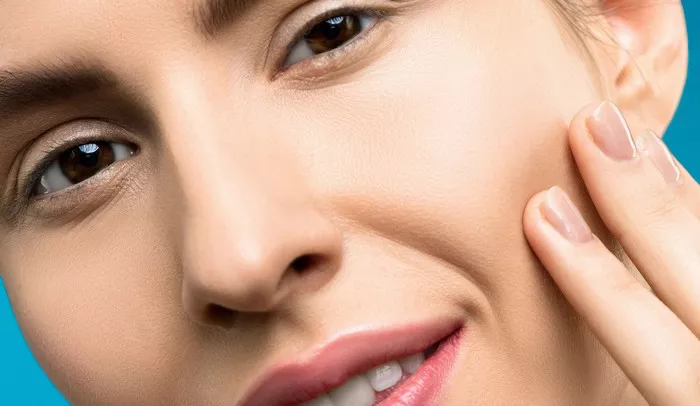Deciding whether to undergo rhinoplasty, commonly referred to as a “nose job,” is a significant decision. It’s a choice that involves both aesthetic and functional considerations. Many people contemplate this procedure, wondering if they truly need it. In this article, we will explore the factors and signs that may indicate the need for a nose job, helping you make an informed decision about whether it’s right for you.
Understanding Rhinoplasty
Rhinoplasty is a surgical procedure designed to reshape the nose. It can address various concerns, including:
Cosmetic Enhancement: Rhinoplasty can improve the appearance of the nose by addressing issues such as a hump on the bridge, a wide or asymmetrical nose, a bulbous tip, or a crooked appearance.
Functional Improvement: In addition to aesthetic concerns, rhinoplasty can also correct structural issues that affect breathing, such as a deviated septum or nasal valve collapse.
Determining if you need a nose job involves assessing both the cosmetic and functional aspects of your nose. Here are some key considerations:
Cosmetic Indicators
a. Disproportionate Features: One of the most common reasons people seek rhinoplasty is to achieve better facial harmony. If you feel that your nose is disproportionate to the rest of your facial features and it bothers you, this may be an indicator.
b. Dorsal Hump: A prominent bump or hump on the bridge of the nose can be a source of dissatisfaction for many individuals. If you have a dorsal hump that you’d like to smooth out, rhinoplasty may be an option.
c. Nasal Width: A wide or flared nose can also be a concern. Rhinoplasty can narrow the nose and create a more balanced appearance.
d. Asymmetry: If your nose is noticeably asymmetrical, it can affect your overall facial symmetry. Rhinoplasty can help correct these imbalances.
e. Bulbous Tip: A bulbous or rounded nasal tip can be refined through rhinoplasty to achieve a more defined and aesthetically pleasing appearance.
Functional Indicators
a. Breathing Difficulties: If you experience chronic nasal congestion, difficulty breathing through one or both nostrils, or frequent sinus infections, it may be due to structural issues within the nose. Rhinoplasty can correct these problems, improving your breathing and overall quality of life.
b. Septal Deviation: A deviated septum, where the wall that separates the nasal passages is crooked, can lead to breathing problems. Rhinoplasty, specifically septoplasty, can straighten the septum to alleviate these issues.
c. Nasal Valve Collapse: Weak or collapsed nasal valves can obstruct airflow. Rhinoplasty can strengthen the nasal valves, improving your ability to breathe freely.
Assessing Your Personal Needs
Determining if you need a nose job is a highly individualized process. It requires careful consideration of your specific concerns, goals, and expectations. Here are some steps to help you make an informed decision:
Consultation with a Qualified Surgeon: Schedule a consultation with a board-certified plastic surgeon or a facial plastic surgeon who specializes in rhinoplasty. They will assess your nose’s current structure, discuss your concerns, and provide expert guidance on whether rhinoplasty is appropriate for you.
Set Realistic Expectations: Understand that rhinoplasty can improve the appearance and function of your nose, but it may not achieve “perfection” or create a nose identical to someone else’s. Discuss your expectations with your surgeon to ensure they are realistic.
Consider Your Motivation: Reflect on why you want a nose job. Is it primarily for cosmetic reasons, functional improvement, or a combination of both? Clarifying your motivations can help you make the right decision.
Review Before-and-After Photos: Your surgeon can show you before-and-after photos of previous rhinoplasty patients to give you a sense of the potential results.
Discuss Risks and Recovery: Understand the risks associated with rhinoplasty, as well as the recovery process. Ask your surgeon about any concerns you may have.
Conclusion
Deciding if you need a nose job involves a careful assessment of both cosmetic and functional factors. It’s a personal decision that should be made after thorough consultation with a qualified surgeon who can provide expert advice tailored to your specific needs and goals.
Whether you are seeking rhinoplasty for cosmetic enhancement, functional improvement, or a combination of both, the key is to have realistic expectations and a clear understanding of the potential benefits and risks associated with the procedure. Ultimately, a successful rhinoplasty can enhance your self-confidence and improve your overall quality of life, but it’s essential to make this choice based on informed and thoughtful consideration.


